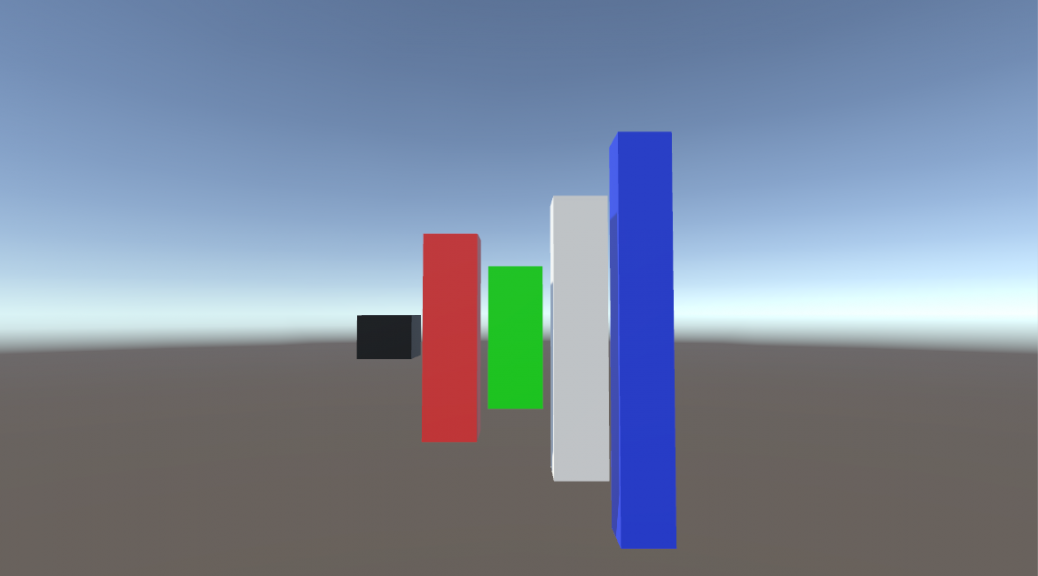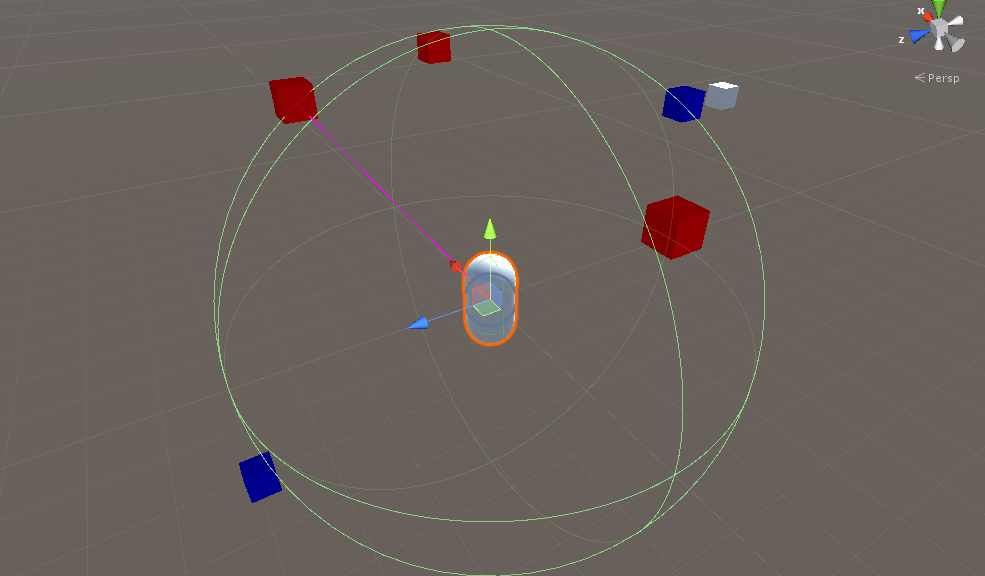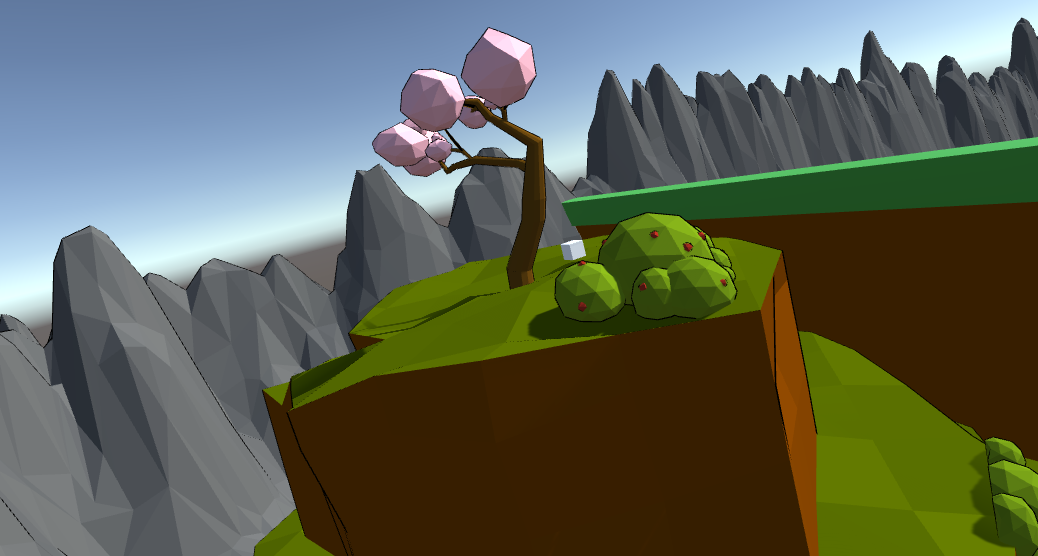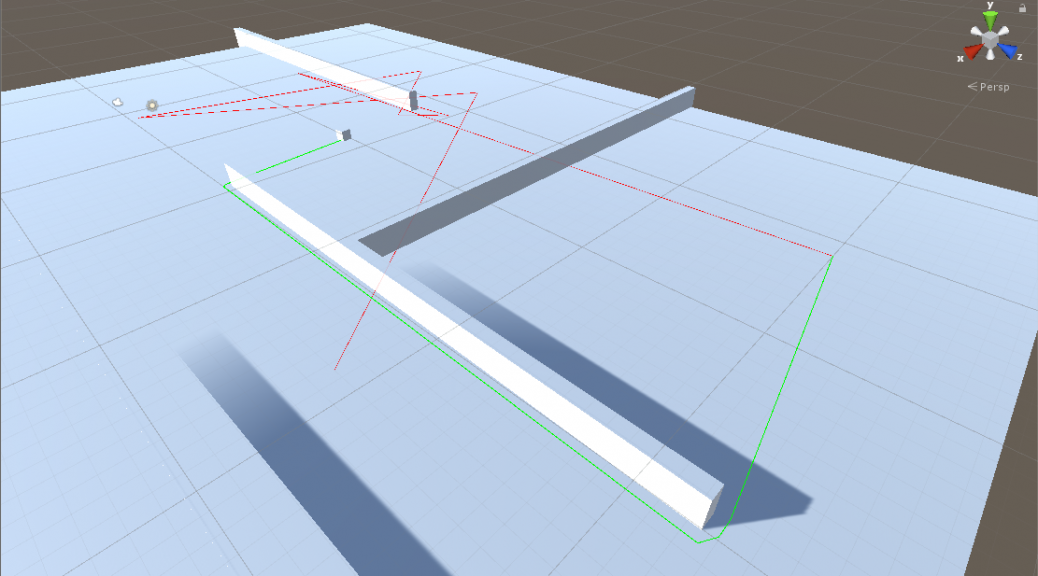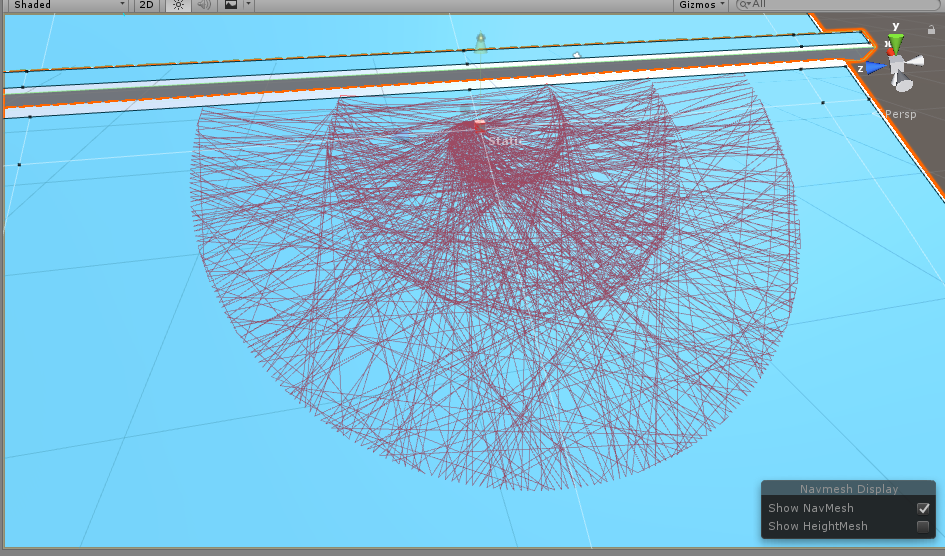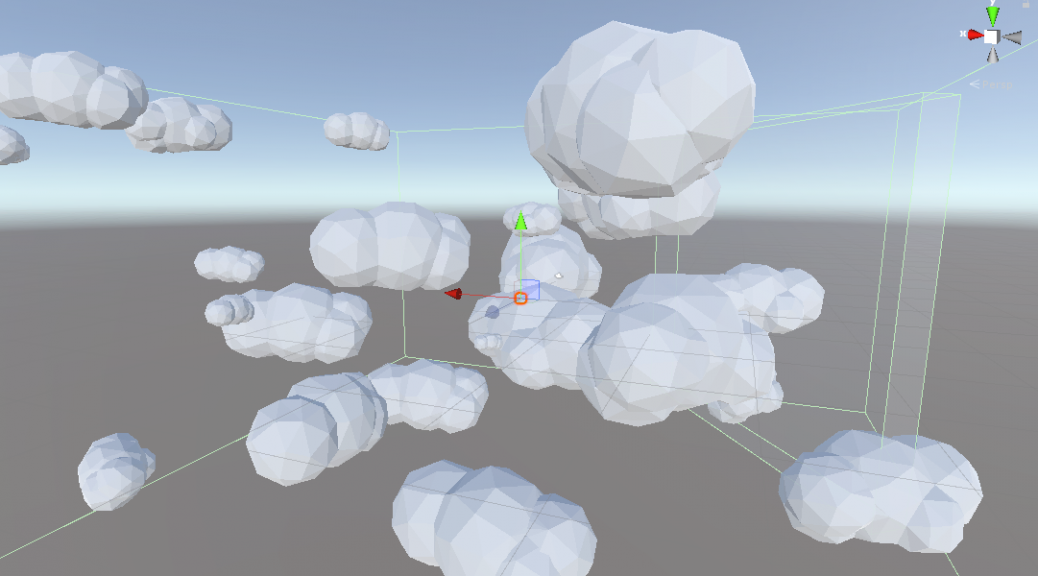Shaders and lighting models
As I covered in the previous article about shader anatomy, there are a few different lighting models to choose from, if you are not creating your own. Depending on the model, you will have access to different properties in your surface function. But what exactly is a lighting model, and how can we use them for cool stuff? Because that’s really what we’re here for, all the cool beans. A lighting model is really just an algorithm, which looks at…


